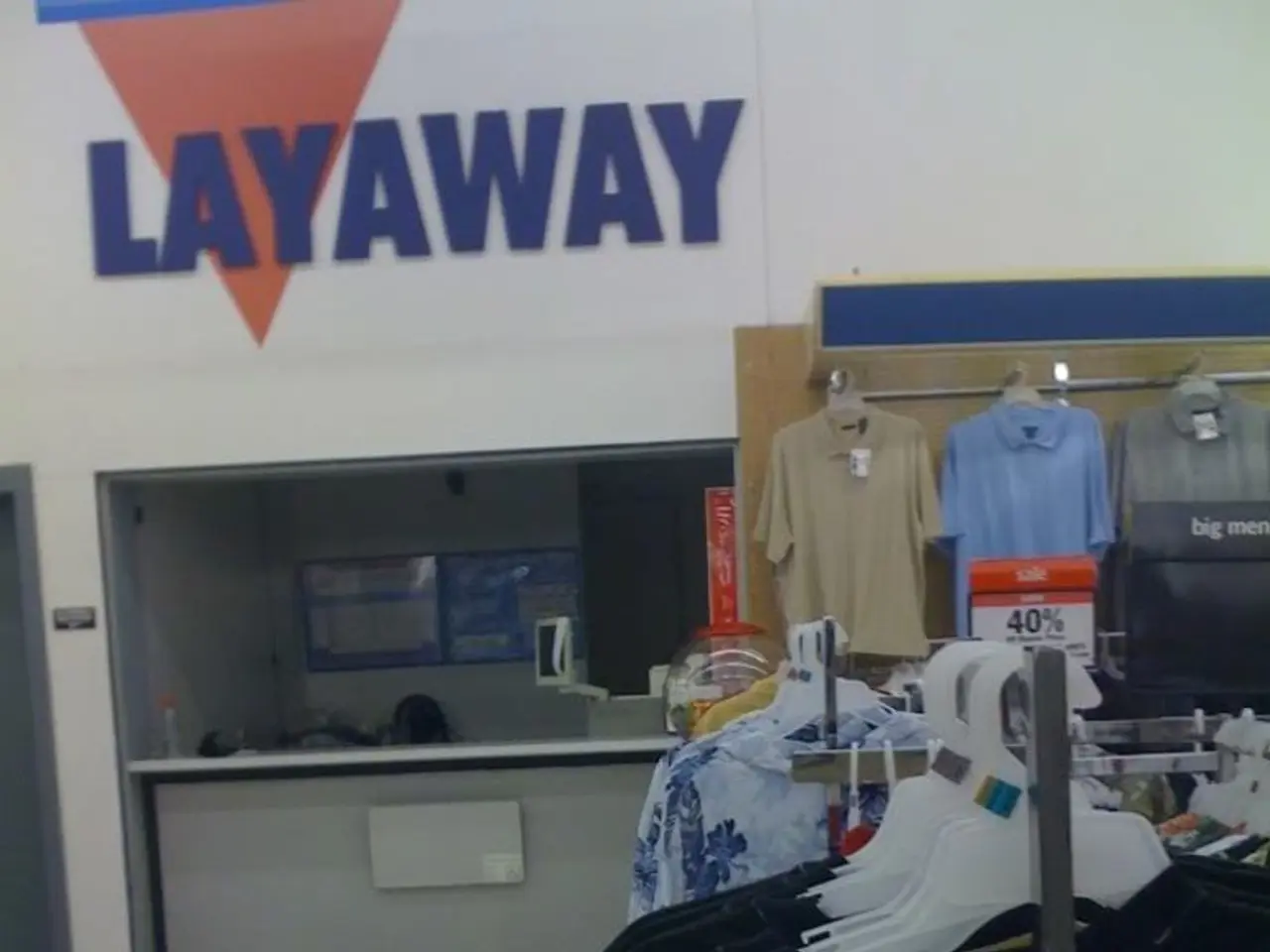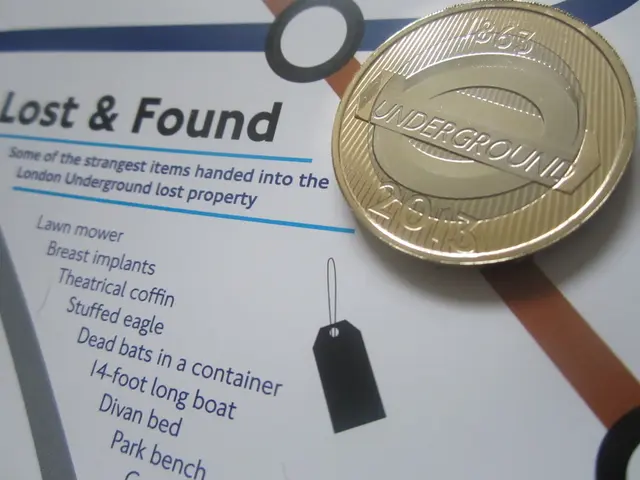Three Methods Retailers Paid for Overlooking Meteorological Conditions
In the bustling retail landscape of Germany, companies in sectors such as retail and logistics are leveraging weather analytics to optimize inventory management, thereby boosting sales and profits. While specific company names may not be publicly disclosed, large retail chains and logistics providers are among those reaping the benefits of this innovative approach.
The process of "deweatherization" is a key strategy in this optimization. By realigning or cleaning up initial inventories, retailers can achieve first-year savings. Deweatherizing last year's sales provides retailers with valuable insights into when favorable or unfavorable weather conditions influenced sales volumes.
For food retailers, the impact of weather analytics extends to a significant reduction in shrink/waste costs in fresh categories. By implementing store-level, weather-informed replenishment, retailers can decrease waste costs by up to 35%.
Localization in retail is another area where weather analytics shine. By tailoring inventories to local weather patterns, retailers can improve conversions, total receipts, and customer satisfaction or loyalty. However, relying on inaccurate replenishment processes or systems that rely on historical trends or recent sales volumes can lead to increased waste in fresh categories for food retailers.
Misaligned inventories due to ignoring weather-driven sales volatility lead to higher costs and reduced profits for retailers. Weather analytics help retailers adjust their replenishment for weather-based demand changes, reducing inventories where demand will be decreasing without risking lost sales due to stockouts.
The emergence of precise, scalable, and business-contextual weather analytics is enabling retailers to optimize local inventories and improve both sales and margins. In addition, weather analytics can help retailers identify areas where labor hours can be trimmed.
Improved planning accuracy from using weather analytics produces annual costs savings by reducing excess stocks and inventory carrying costs. Furthermore, weather analytics can help retailers avoid expedited freight/storage/handling costs by predicting and adjusting inventory levels based on weather-driven demand changes.
In situations where prior sales are inflated and the positive weather environment doesn't repeat the next year, retailers often end up with excess inventories that need to be marked down in certain locations. Incorporating weather analytics can help retailers avoid such situations.
The use of weather analytics can lead to a 2% increase in total topline sales for retailers. However, common hurdles include the lack of capabilities in a retailer's existing software solutions, difficulty incorporating the "voice of the store", and lack of access to critical market-level analytics.
In pre-season planning and allocation processes, weather analytics can help retailers minimize markdowns by correcting the weather bias or variability embedded in past sales performance. Weather analytics can also help retailers optimize digital advertising spend by avoiding allocating it in areas where unfavorable weather makes conversions unlikely.
Clothing chains, sporting goods retailers, department stores, home centers, and other retailers can use weather analytics to limit margin-eroding markdowns. Localizing assortments and having the right amount of inventory available in stores when customers want to buy is necessary to realize localization's promise and financial benefits.
In-season, weather analytics can help retailers proactively manage markdowns by considering expected weather impacts to either delay markdowns for a period of time or reduce the depth of markdowns. By embracing weather analytics, retailers in Germany are setting themselves up for increased sales, reduced costs, and improved customer satisfaction.






